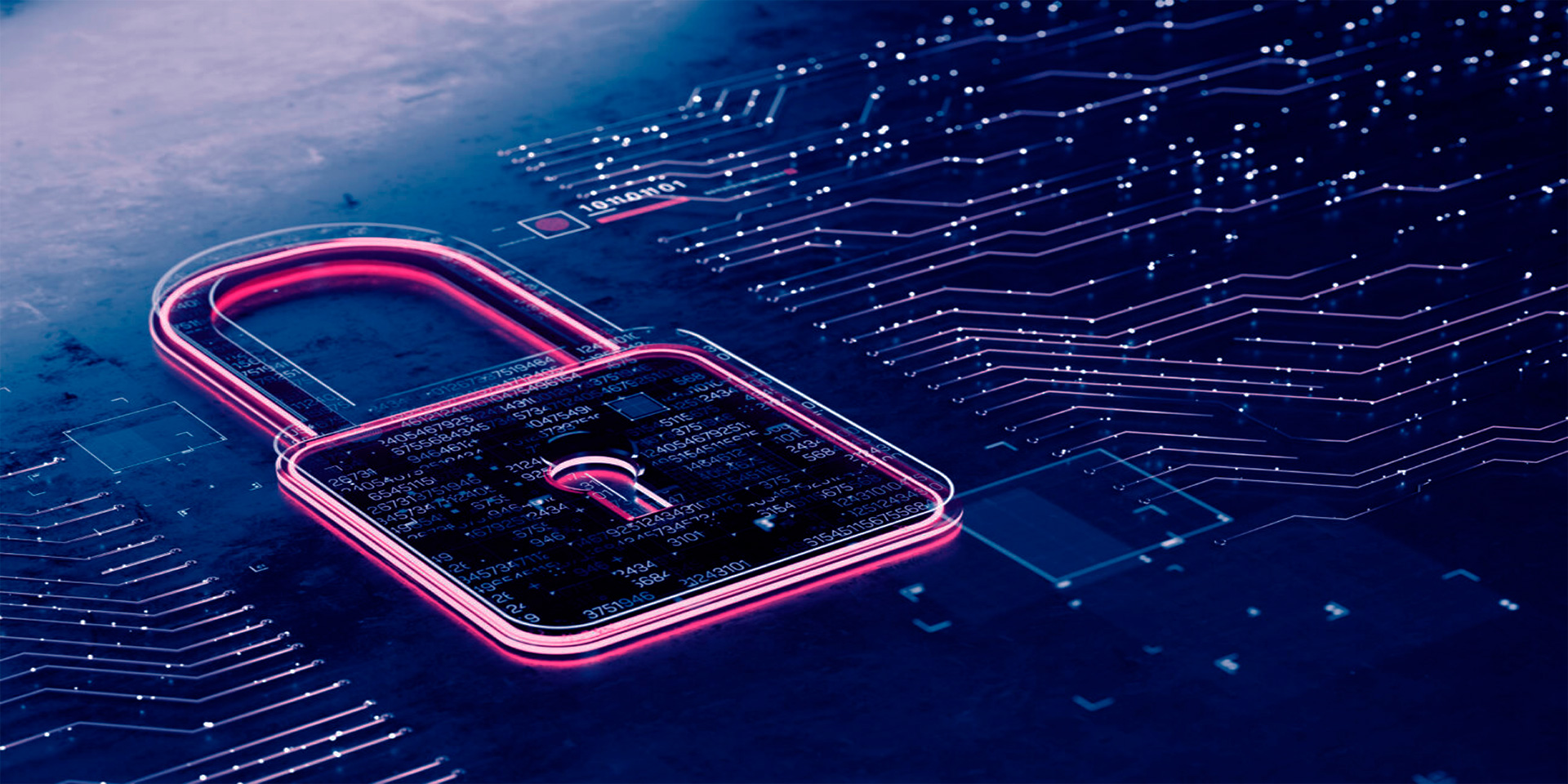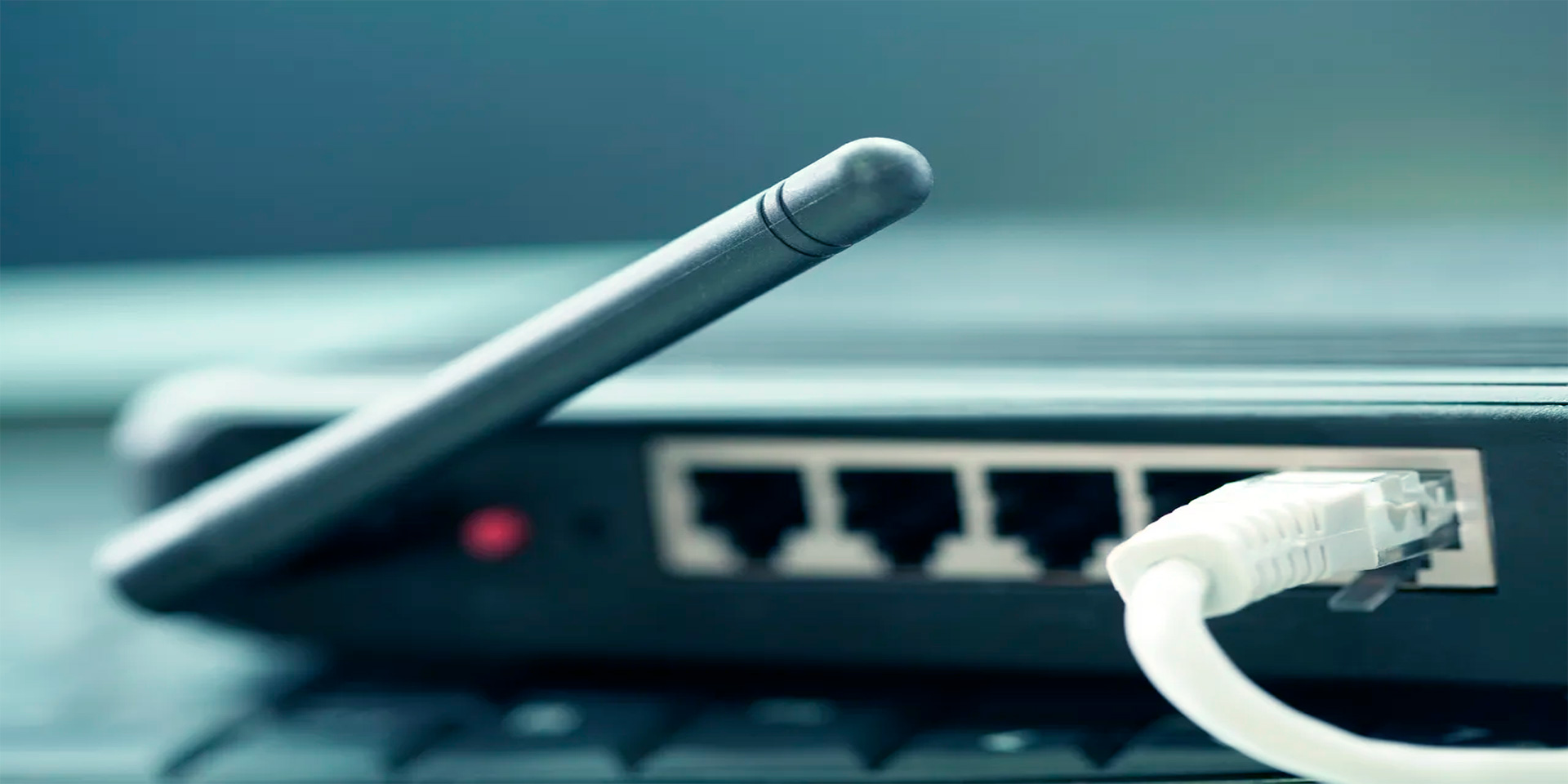In today’s increasingly digital world, the role of a Chief Information Security Officer (CISO) has become critical for organizations looking to protect their assets and ensure cybersecurity. The CISO is responsible for developing and implementing security strategies that safeguard the organization’s information and technology assets. This article explores the responsibilities and challenges faced by CISOs in protecting organizational assets.
Core Responsibilities of a CISO
The role of a CISO encompasses a broad range of responsibilities, from strategic planning to operational execution. These responsibilities are essential for maintaining a robust security posture within the organization.
Developing Security Strategies
One of the primary responsibilities of a CISO is to develop comprehensive security strategies that align with the organization’s goals and objectives. This involves assessing current security measures, identifying potential risks, and creating a roadmap to enhance security.
A CISO must stay informed about the latest security trends and technologies to ensure that the organization’s security strategies are up-to-date and effective. According to a survey by Gartner, 67% of CISOs consider strategic planning as their top priority.
Implementing Security Policies
Once a security strategy is developed, the CISO is responsible for implementing security policies and procedures across the organization. These policies must cover all aspects of security, including data protection, network security, access controls, and incident response.
Effective implementation requires collaboration with various departments to ensure that security policies are understood and followed by all employees. Regular training and awareness programs are essential to reinforce these policies and promote a culture of security within the organization.
Managing Risk and Compliance
Risk management is a critical component of a CISO’s role. The CISO must identify and assess potential security risks and implement measures to mitigate these risks. This involves conducting regular risk assessments, vulnerability scans, and penetration testing to identify weaknesses in the organization’s security posture.
In addition to managing risk, the CISO is responsible for ensuring compliance with relevant regulations and industry standards. This includes frameworks such as GDPR, HIPAA, and PCI-DSS. Non-compliance can result in significant financial penalties and damage to the organization’s reputation.
Overseeing Incident Response
When a security incident occurs, the CISO is responsible for overseeing the response efforts. This involves coordinating with the incident response team to contain and mitigate the impact of the incident, as well as conducting post-incident analysis to identify root causes and implement corrective actions.
A well-defined incident response plan is essential for minimizing the impact of security breaches. The CISO must ensure that the organization has a robust incident response plan in place and that all team members are trained to execute the plan effectively.

Challenges Faced by CISOs
Despite the critical role they play, CISOs face numerous challenges in their efforts to protect organizational assets. These challenges can make it difficult to maintain an effective security posture.
Evolving Threat Landscape
The cybersecurity landscape is constantly evolving, with new threats and attack vectors emerging regularly. CISOs must stay ahead of these threats by continuously updating their knowledge and adapting their security strategies.
According to a report by Accenture, 68% of CISOs believe that keeping up with the evolving threat landscape is one of their biggest challenges. This requires ongoing investment in threat intelligence and advanced security technologies.
Resource Constraints
Many organizations face resource constraints that limit their ability to implement comprehensive security measures. CISOs must often work with limited budgets and personnel, making it challenging to address all security needs effectively.
Prioritizing security investments and finding cost-effective solutions is crucial for overcoming resource constraints. This may involve leveraging managed security services or investing in automation tools to enhance security operations.
Balancing Security and Business Objectives
CISOs must balance the need for robust security with the organization’s business objectives. Implementing stringent security measures can sometimes hinder business operations, leading to resistance from other departments.
Effective communication and collaboration with business leaders are essential for finding a balance between security and business needs. CISOs must demonstrate how security initiatives support overall business goals and add value to the organization.
Ensuring Employee Awareness
Human error is a significant factor in many security breaches. Ensuring that all employees are aware of security best practices and understand their role in maintaining security is a constant challenge for CISOs.
Regular training and awareness programs are essential for educating employees about security risks and promoting a security-conscious culture. According to a study by KnowBe4, organizations that conduct regular security training see a 37% reduction in phishing susceptibility.

The Future of the CISO Role
The role of the CISO is expected to continue evolving as cybersecurity becomes an even more critical component of organizational strategy. Future CISOs will need to adapt to new challenges and take on additional responsibilities to ensure comprehensive security.
Integration with Business Strategy
CISOs will need to integrate more closely with business strategy, ensuring that security is a fundamental consideration in all business decisions. This requires a deep understanding of business processes and objectives, as well as the ability to communicate the value of security initiatives in business terms.
Focus on Cyber Resilience
In addition to preventing cyber attacks, future CISOs will need to focus on building cyber resilience. This involves ensuring that the organization can quickly recover from security incidents and continue operating effectively. Cyber resilience requires a combination of proactive security measures and robust incident response capabilities.
Leveraging Advanced Technologies
Advanced technologies such as artificial intelligence (AI), machine learning (ML), and automation will play a crucial role in future cybersecurity efforts. CISOs will need to leverage these technologies to enhance threat detection, streamline security operations, and improve overall security effectiveness.
Emphasis on Collaboration
Collaboration will become increasingly important for future CISOs. This includes collaborating with other departments within the organization, as well as with external partners, industry peers, and government agencies. Sharing threat intelligence and best practices can help organizations stay ahead of emerging threats.
Conclusion
The role of the CISO is critical for protecting organizational assets and ensuring cybersecurity. CISOs face numerous challenges, including an evolving threat landscape, resource constraints, and the need to balance security with business objectives. Despite these challenges, CISOs play a vital role in developing and implementing security strategies, managing risk and compliance, and overseeing incident response efforts. As cybersecurity continues to evolve, the role of the CISO will become even more integral to organizational success. Future CISOs will need to integrate with business strategy, focus on cyber resilience, leverage advanced technologies, and emphasize collaboration to ensure comprehensive security.




